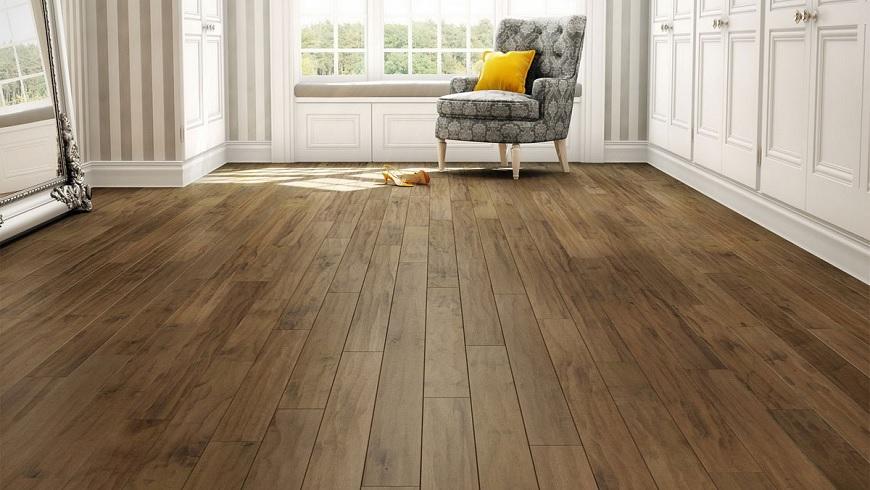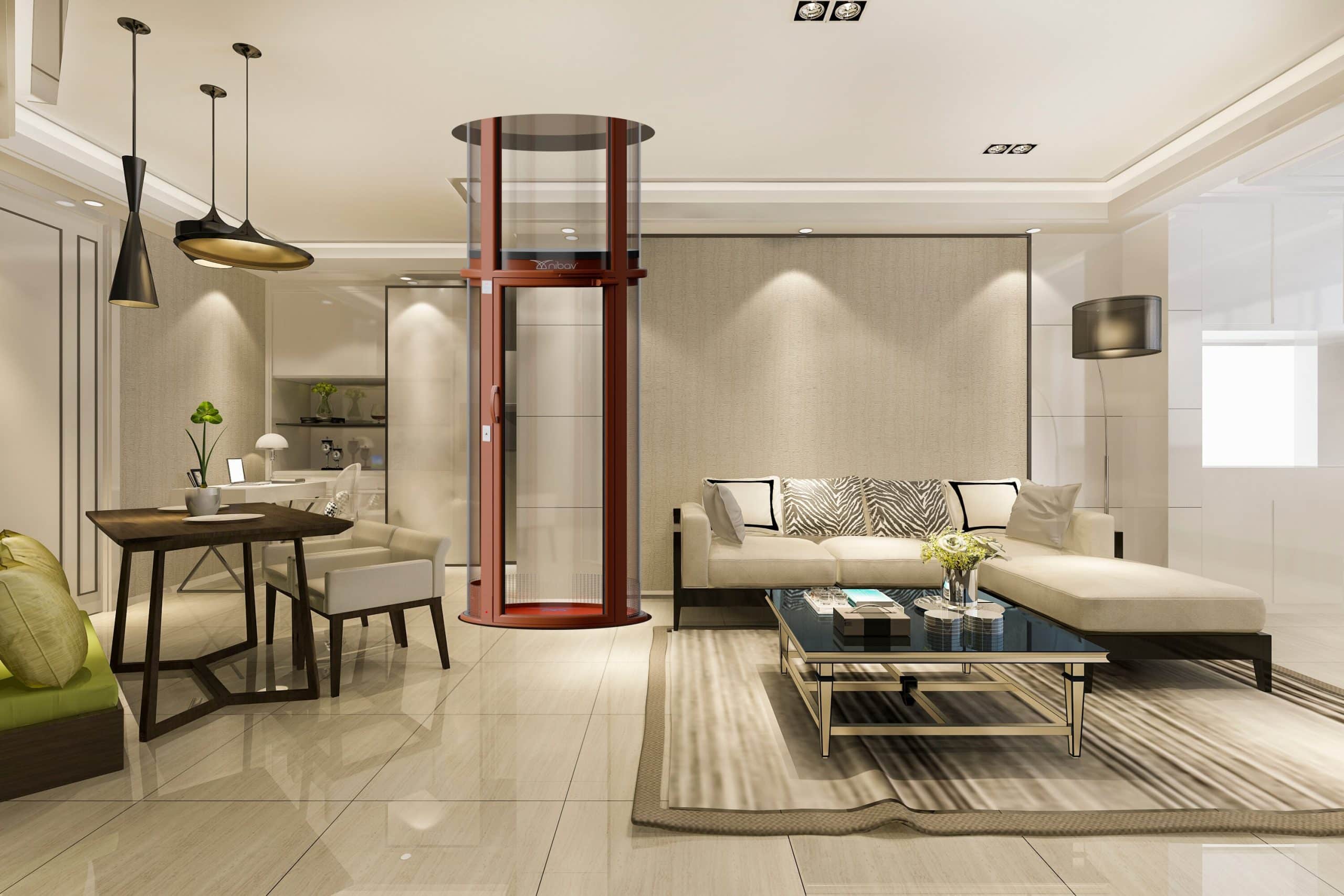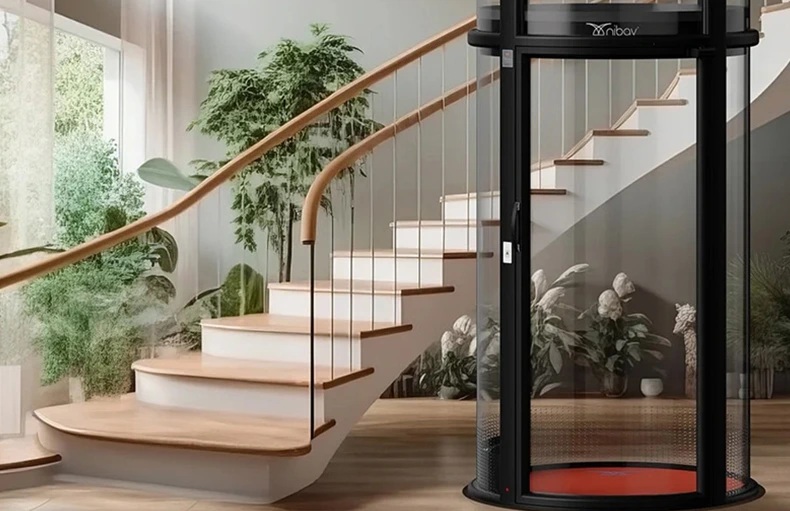When it comes to creating a warm, sophisticated, and inviting space, few materials can rival the charm of wooden flooring. Known for its natural beauty, durability, and classic appeal, wooden flooring has remained a top choice for homeowners and designers for centuries. Whether it’s the rich tones of oak, the rustic texture of walnut, or the sleek finish of maple, wooden floors add an unmistakable touch of elegance to any room.
In this blog, we’ll explore everything you need to know about wooden flooring—its types, benefits, installation process, maintenance, and why it continues to be a favorite among interior design enthusiasts.
What Is Wooden Flooring
Wooden flooring refers to floor surfaces made from natural hardwood or engineered wood planks. These floors are known for their durability, versatility, and ability to enhance the aesthetics of any space. Unlike synthetic materials, wood floors age beautifully over time, developing a rich patina that adds character and warmth.
Modern wooden floors come in various types, finishes, and patterns, allowing homeowners to choose a style that complements their décor—be it traditional, rustic, or contemporary.
Types of Wooden Flooring
There are several types of wooden flooring available today, each with its unique qualities and price points. Understanding these options can help you make the right choice for your space.
Solid Hardwood Flooring
Solid hardwood floors are made from a single piece of natural wood. They can be sanded and refinished multiple times, making them a long-lasting option. Popular hardwood species include oak, teak, maple, and walnut. Solid wood floors are perfect for living rooms, bedrooms, and hallways where elegance is desired.
Engineered Wood Flooring
Engineered wood flooring consists of multiple layers of wood veneer glued together with a top layer of genuine hardwood. It offers the same look and feel as solid wood but is more stable and less prone to warping due to humidity. This makes it ideal for apartments, basements, and areas with fluctuating temperatures.
Laminate Wood Flooring
Laminate flooring is a cost-effective alternative that mimics the appearance of real wood using high-resolution images and protective coatings. While it isn’t made of solid wood, it’s durable, easy to maintain, and suitable for high-traffic areas.
Parquet Flooring
Parquet flooring is known for its decorative geometric patterns, such as herringbone, basketweave, and chevron. Made from small wooden blocks, parquet floors add a touch of artistry and sophistication to any interior space.
Benefits of Wooden Flooring
Wooden flooring isn’t just beautiful—it’s also practical, sustainable, and long-lasting. Here are some of its top benefits:
Natural Aesthetic Appeal
Nothing beats the organic warmth and elegance of real wood. Its natural grains, rich colors, and textures bring character and depth to any space, making it feel cozy and luxurious.
Durability and Longevity
High-quality wooden floors can last for decades or even generations if properly maintained. They are resistant to daily wear and tear and can be sanded or refinished to look brand new.
Easy to Clean and Maintain
Unlike carpets that trap dust and allergens, wooden floors are easy to clean. Regular sweeping, vacuuming, or mopping keeps them looking spotless and hygienic.
Increases Property Value
Wooden flooring is considered a premium feature in homes. Installing wood floors can significantly increase your property’s resale value and attract potential buyers who appreciate quality craftsmanship.
Eco-Friendly and Sustainable
When sourced responsibly, wood is a renewable and environmentally friendly material. Many manufacturers now use sustainable forestry practices to minimize environmental impact.
Versatile and Timeless
Wooden flooring complements almost any interior style—from modern minimalist apartments to traditional country homes. Its timeless beauty ensures it never goes out of style.
Installation Process of Wooden Flooring
Installing wooden flooring requires precision and professional craftsmanship to achieve the best results. Here’s a general overview of the process:
Surface Preparation:
The subfloor is cleaned, leveled, and dried. Any uneven areas are corrected to ensure a smooth installation.
Underlayment Installation:
A moisture barrier or underlayment is laid to protect the wood from dampness and to provide sound insulation.
Laying the Planks:
The wooden planks are arranged in the chosen pattern (straight, diagonal, or herringbone) and securely fitted using adhesive, nails, or interlocking systems.
Finishing Touches:
After installation, the floor may be sanded and sealed with a protective coating such as varnish, oil, or lacquer to enhance its appearance and durability.
Final Inspection:
The surface is polished, cleaned, and inspected to ensure a flawless finish.
Maintenance Tips for Wooden Floors
To keep your wooden floors looking beautiful and lasting longer, follow these simple maintenance practices:
Regular Cleaning: Sweep or vacuum regularly to remove dust and debris.
Avoid Water Damage: Clean spills immediately to prevent staining or warping.
Use Gentle Cleaners: Avoid harsh chemicals; use pH-neutral wood cleaners.
Protect from Scratches: Use rugs, mats, and felt pads under furniture.
Refinish When Needed: Sanding and refinishing every few years can restore the floor’s shine.
With proper care, wooden flooring can retain its charm and luster for decades.
Where to Use Wooden Flooring
Wooden floors are versatile and suitable for various spaces, including:
Living Rooms & Bedrooms: For a warm, inviting atmosphere.
Dining Areas: Adds elegance to entertaining spaces.
Offices & Studios: Creates a professional yet cozy environment.
Boutiques & Hotels: Enhances the luxury and visual appeal.
Avoid using solid wood flooring in bathrooms or kitchens, where moisture levels are high—engineered or laminate options are better suited for such areas.
Why Choose Wooden Flooring
Choosing wooden flooring is about investing in timeless design, comfort, and durability. It not only transforms the look of your home but also adds a sense of warmth and value that few other materials can match. From classic hardwood planks to trendy engineered designs, there’s a wooden floor for every lifestyle and budget.
Conclusion
Wooden flooring remains one of the most sought-after flooring options worldwide and for good reason. It blends natural beauty, long-lasting performance, and timeless style, making it suitable for both traditional and modern interiors. Whether you prefer the authenticity of solid wood or the practicality of engineered options, wooden flooring offers endless possibilities for customization and comfort.
If you’re planning to renovate or build a new space, consider wooden flooring a perfect combination of nature’s elegance and modern sophistication. It’s more than just a floor; it’s a statement of style, luxury, and sustainability.





